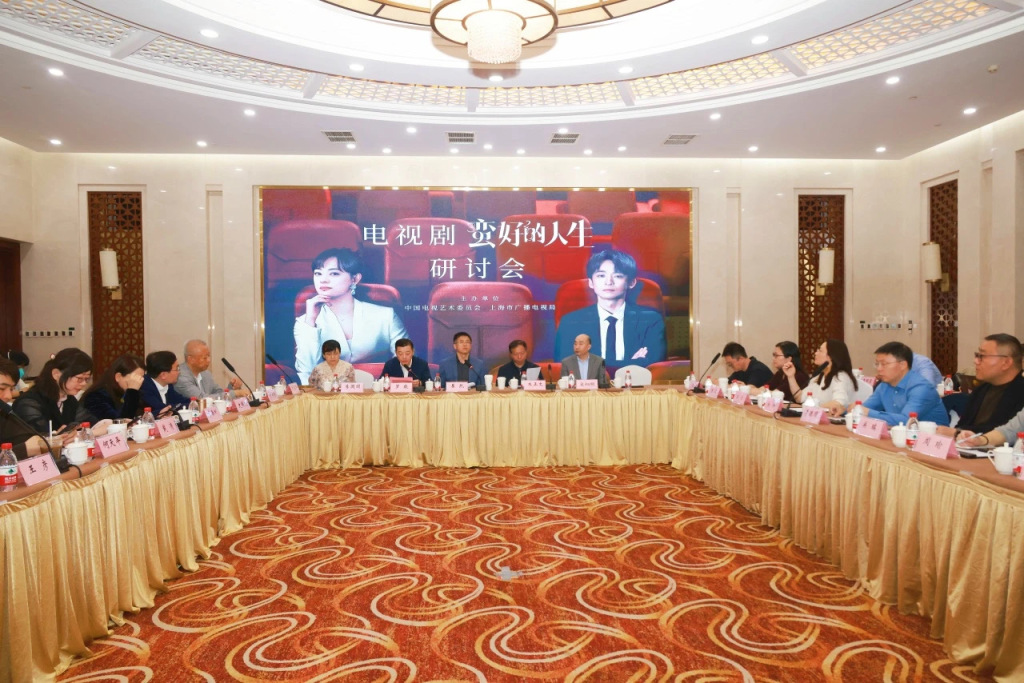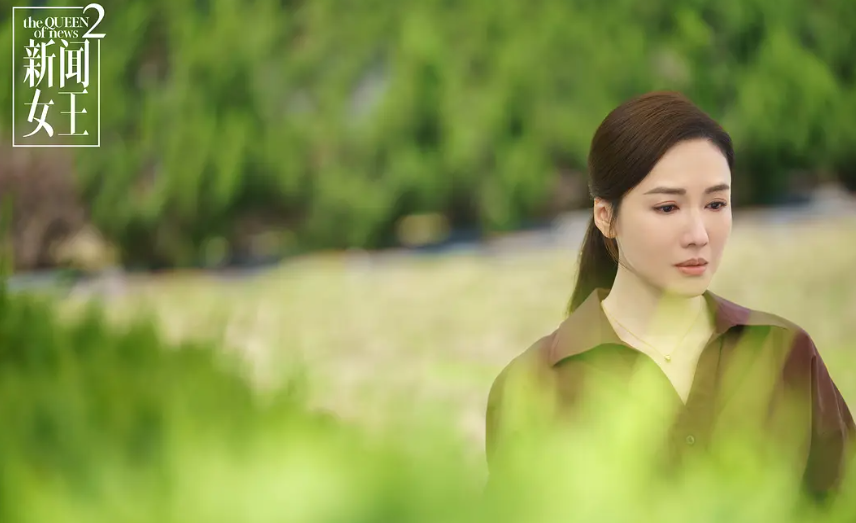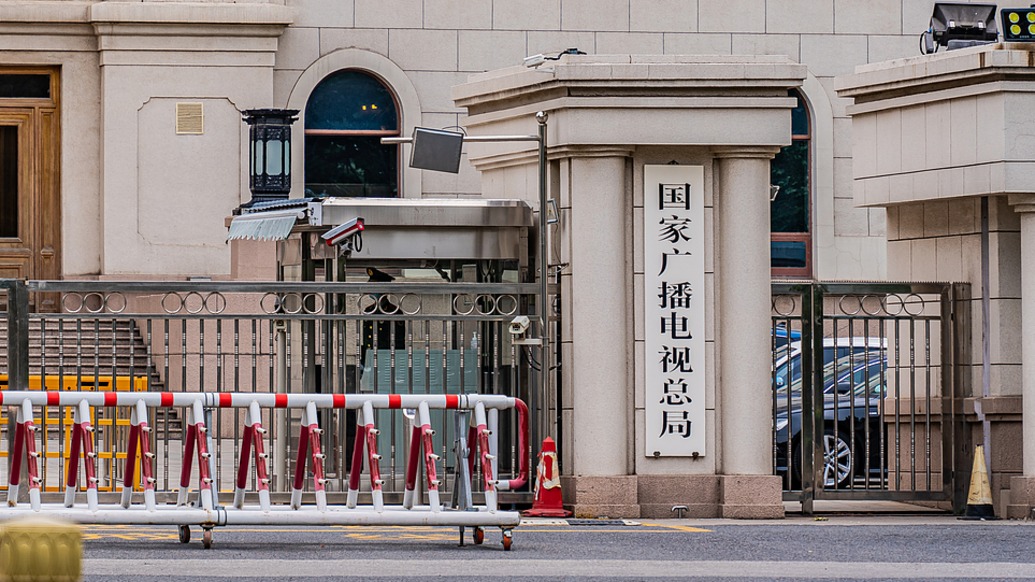
On May 12, 2025, a seminar on the TV series "A Good Life" was held in Beijing. The seminar was jointly hosted by the China Television Art Committee and the Shanghai Radio and Television Bureau. Many industry leaders, experts and scholars gathered together to analyze this popular drama that uses the insurance industry as a starting point and tells the story of a woman's rebirth in adversity and the growth of young people.

The scene of the seminar on "A Good Life"

"A Good Life" poster
"A Good Life" breaks the conventional narrative. The heroine Hu Manli is not a perfect "female protagonist" in the traditional sense. She was born in a Shanghai alley. Facing setbacks in life and career, she relied on her wisdom and perseverance to find a way out of the predicament and start again.
The broadcast performance of this drama is outstanding. In terms of ratings, the average rating of CCTV-8 in China Audiovisual Big Data (CVB) is 2.30%, and the highest rating is 2.59%, which is the highest of CCTV-8 CVB in the year and ranks fourth in the history of CCTV-8 CVB. The online performance is also outstanding. The effective broadcast of Yunhe main film has been ranked first for 12 consecutive days, and has accumulated more than 2,000 hot searches on the entire network, leading the Douyin film and television list with a peak popularity of 260 million.

"A Good Life" uses insurance as a starting point to show the relationship between work and life
Zhong Chengxiang, a member of the Central Academy of History and Literature and a famous literary critic, pointed out that "A Good Life" inherits and promotes the excellent tradition of Shanghai-style TV dramas, and insists on creating from the perspective of life as a whole. It is not limited to the single field of the insurance industry, but takes insurance as the entry point, covers the entire era of life, and vividly shows the close interweaving of work and life.
The value of "A Good Life" is not only in the innovative subject matter. He Tianping, associate professor at the School of Journalism at Renmin University of China, believes that it allows the market to re-examine the inherent requirements of workplace drama creation, emphasizing that the underlying foundation of workplace dramas is the logic of life. Only when the insight into life is real enough and the excavation is sufficient enough, can the workplace be credible and the characters in the drama enter the hearts of the public. This drama returns workplace dramas to the essence of life dramas, effectively avoiding the problem of traditional workplace dramas being suspended and out of touch with reality.

Stills from "A Good Life"
In the current film and television industry, traditional urban dramas are not popular, and the creation of industry dramas is difficult. The rise of short videos has brought a huge impact on long videos, and the living space of long videos in contemporary urban dramas has been severely squeezed. In such an environment, "A Good Life" can stand out and provide valuable experience for the industry.
From the perspective of creative concepts, innovation is one of the key factors for its success. When sharing her creative process, screenwriter Fei Huijun mentioned that seven years ago she was determined to get rid of the routine of creating traffic dramas, insisting on creating an imperfect heroine, and abandoning clichés such as love and sister-brother love. In the six or seven years of creative process, she received strong support from the company and platform. This innovation is not only reflected in the character setting and plot, but also in the narrative rhythm. Director Wang Jun said that in order to cope with the impact of short videos, the drama borrowed the refreshing techniques of short videos and accelerated the narrative rhythm. The first two episodes quickly promoted the plots of cheating and divorce, while maintaining the literary and realistic style of the work, achieving a long drama with a short rhythm, and successfully attracted the audience.

"A Good Life" screenwriter Fei Huijun
The authenticity of the characterization is also the secret to the success of the play. Hu Manli has many shortcomings, such as being flamboyant in the early stage, occasionally cunning, and even having irregular behavior at work. These flaws make the character more real and three-dimensional, close to the lives of the public. Actress Sun Li also interprets the complexity of the character vividly with her superb acting skills, which makes the audience gradually change from initially doubting the character to liking it.
"A Good Life" has also made positive explorations in the integration of culture and tourism, providing new ideas for the industry. The drama was filmed in Shanghai, with nearly 90 city and regional landmarks throughout Shanghai presented one by one in the drama, from the dazzling night view of the Oriental Pearl Tower to the fireworks of the Shikumen alleys. These scenes are not only the background of the film and television drama, but also the key elements to promote the development of the plot.
Taking advantage of the popularity of the series, the film company, in collaboration with online platforms, relevant districts and cultural tourism enterprises, designed four check-in routes similar to the series during the May Day holiday, triggering a scale effect of urban cultural tourism check-in. The topic "Hu Manli, I'm coming to Shanghai, you" became a hot search on Weibo, achieving an innovative integration of "film and television IP + offline experience" and providing a successful example for the "two-way rush" of film and television and cultural tourism.

A lot of on-location shooting was done in Shanghai for the film "A Good Life". For example, the scene in the picture is located on the terrace of a restaurant on the Bund.
Looking at the TV series produced in Shanghai in the past five years, "A Good Life", "Flowers" and "City in the City" together constitute the "Financial Trilogy" of Shanghai-produced TV series. "Flowers" focuses on the capital market in the early days of reform and opening up, "City in the City" depicts the game and human nature in the development of modern banking, and "A Good Life" connects medical care, elderly care, marriage and other livelihood issues through the insurance industry, reflecting the individual fate in social changes, reflecting the in-depth exploration of financial themes in Shanghai-produced dramas, and providing rich experience for the creation of similar themes.


